
River developments and hydrosedimentary models
From large-scale flooding issues to risks of local scouring at the foot of bridge piers, the various hydraulic and hydro-sedimentary phenomena occurring in streams and rivers are often complex. Physical modelling is the most effective and reliable tool for accurately reproducing these phenomena and thus guaranteeing optimised dimensional designs of structures.
Our expertise
Extremely precise 3D physical modelling
- River flows in the low water bed or the flood plain
- Flows in torrential streams
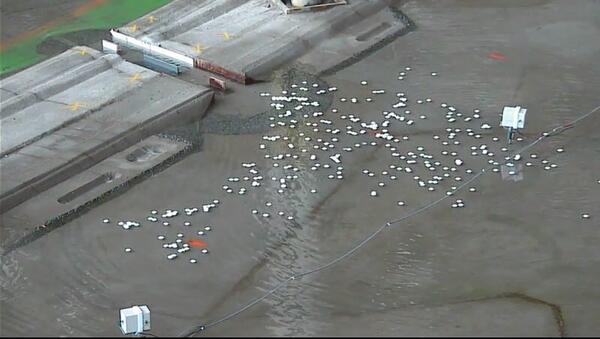
Measuring the velocity field on the approach to a flood relief structure in the flood plain of the river Rhône (model of the Lyon rail bypass) - Accurate representation of the topography, bathymetry, and civil or earthfill structures
- Studies of hydraulic phenomena in steady flow conditions
- Studies of hydraulic phenomena in unsteady flow conditions (flood hydrographs, embankment failure, water release, etc.)
- Representation of sediment transport: bed-load (sand, pebbles) or suspended load
- Behaviour of natural or artificial floating debris on the approach to a structure (bridge, water intake, weir, etc.)
- Dilution studies of an effluent in a river or lake environment (concentration, temperature, etc.).
What we do
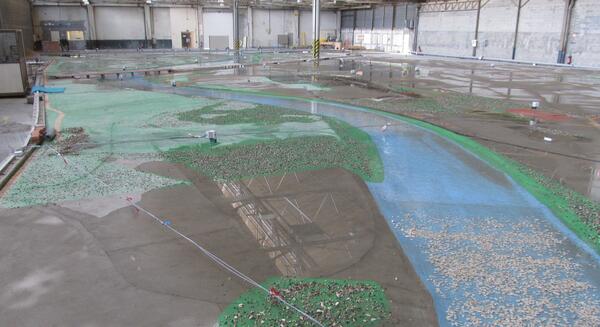
- The assignments carried out by Artelia's laboratory involve all technical and communication aspects related to river and hydro-sedimentary dynamics issues.
- Study of the hydraulic impact of a river development: water level profile during a flood, extent of the flood-prone area, flow velocity fields, etc.
- Study of the hydraulic impact of the removal of a river development (removal of embankments, remobilisation of the high water bed, etc.)
- Checking and optimisation of the hydraulic dimensional design of structures (embankments, bridges, water intakes)
- Communication and demonstration models presenting the hydraulic impacts of structures, presented to the relevant audiences (financial backers, political decision-makers, technical approval bodies, local inhabitants, etc.)
- Study of the behaviour of floating debris on the approach to a structure
- Study of local bathymetry variations in watercourses, near hydraulic structures or in reservoirs (deposition, scouring, sedimentation, destabilisation of structures, etc.)
- Management of sediment transport in mountain streams during major floods, protection of human and economic exposed assets
- Evaluation of the impact of a development on the navigability of a river.
Examples of developments studied
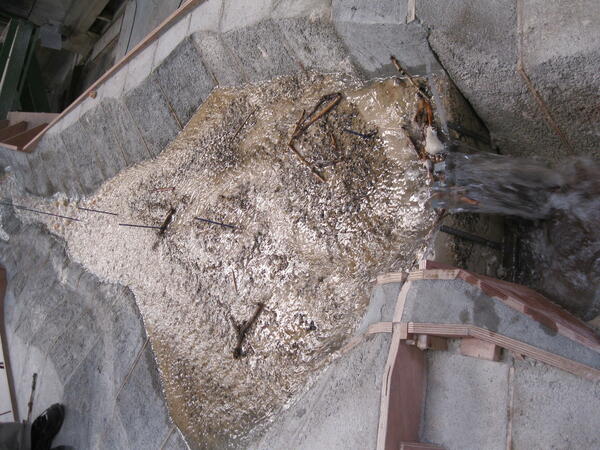
- Dams: sedimentation in reservoirs (movable-bed models)
- Water intakes and outfalls
- Morphological changes in watercourses
- Scouring at the foot of bridge piers (erodible-bed models)
- Structures and large transport infrastructure crossing a high water bed or a flood-prone area
- Mountain streams and sediment deposition areas
- Locks and special structures in rivers.
-
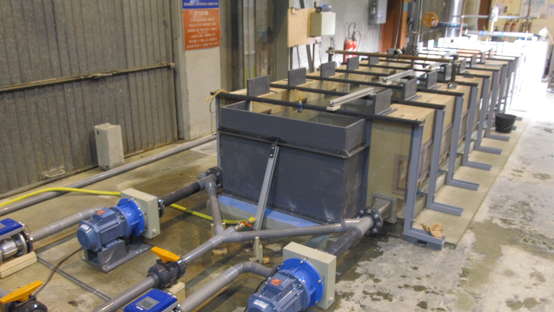
Locks
Physical modelling to study the many hydraulic issues associated with locks and navigation channels.
-
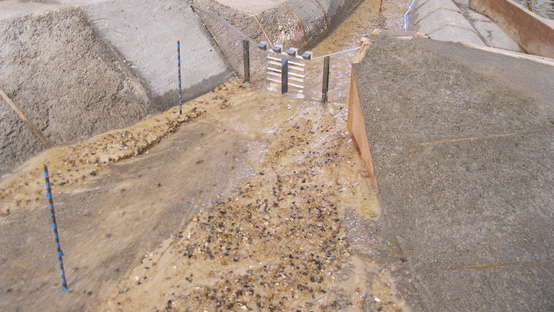
Sediment deposition areas
Sediment transport by mountain streams can be very high during violent storms. A physical model is a valuable aid in designing structures to manage these materials, and to protect inhabitants living in exposed areas at the foot of mountain ranges.
-

River structures
Physical modelling: a robust, sound and reliable approach to understand the hydraulics of torrential and river flows.
-
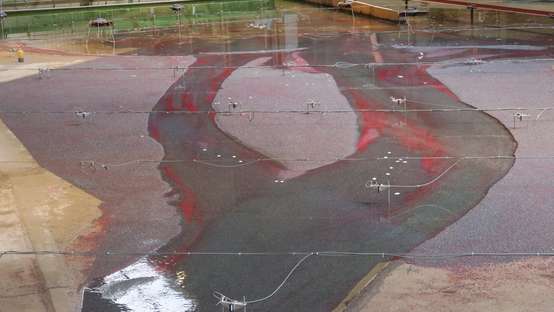
Sedimentation in rivers and reservoirs
Finding ways to manage the sedimentary impact of river structures, in particular sedimentation in dam reservoirs, to operate them sustainably in the long-term and limit their ecological impact.
-
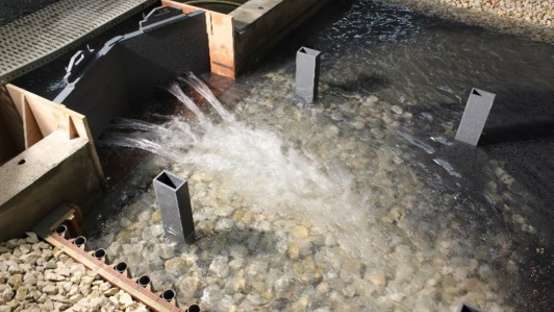
Scouring at the toe of structures
Support of the physical model to prevent the risk of scouring
-
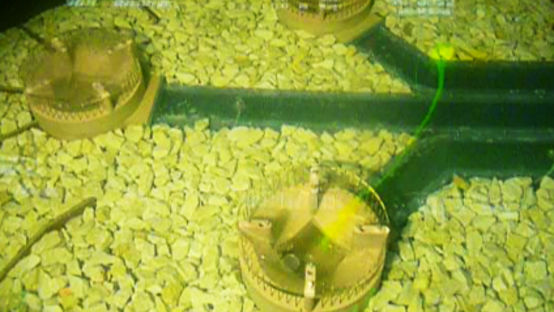
Water intakes and outfalls
Ensuring optimal conditions for supplying water to a process and releasing effluent into the environment.
